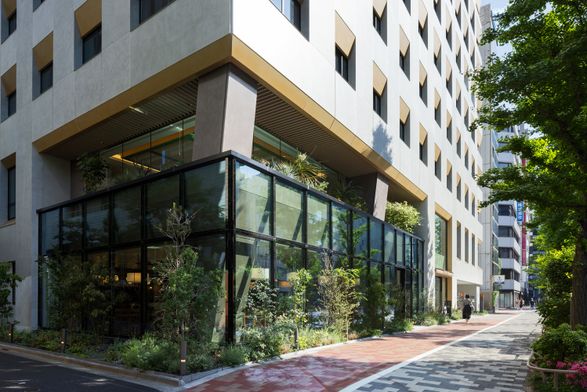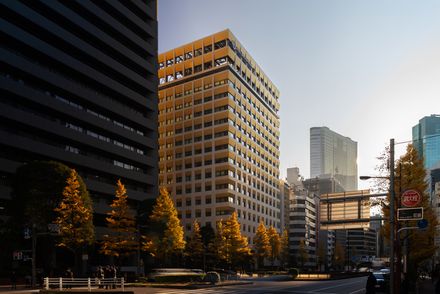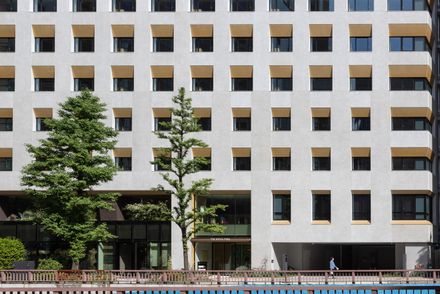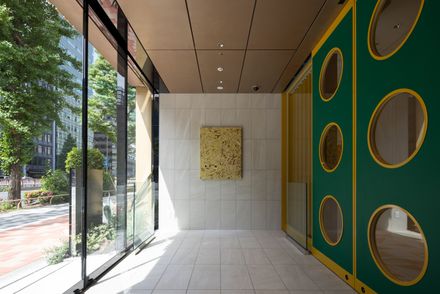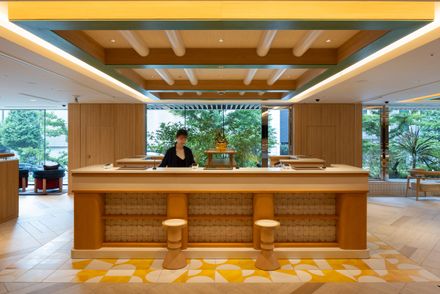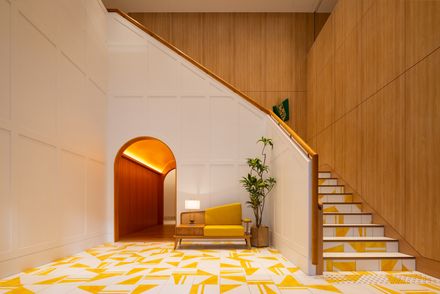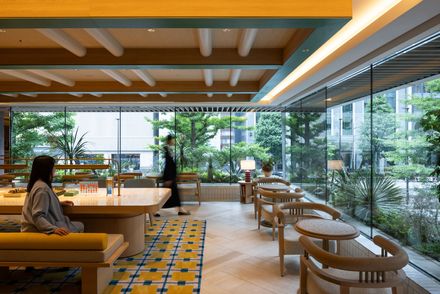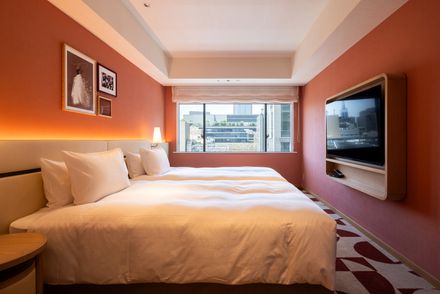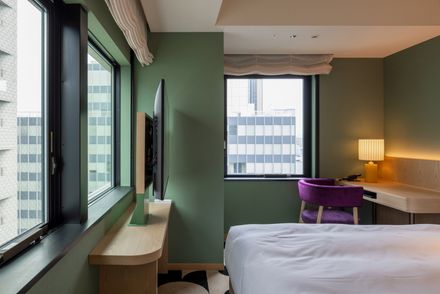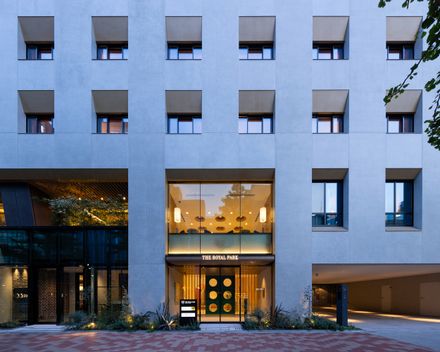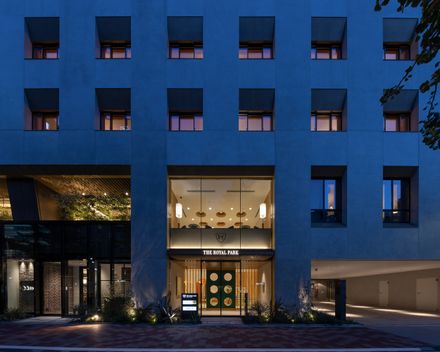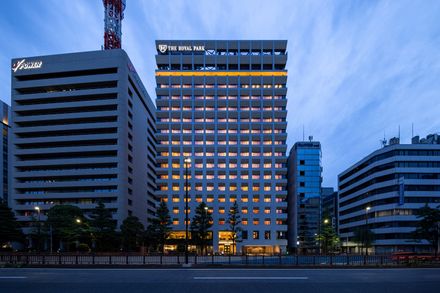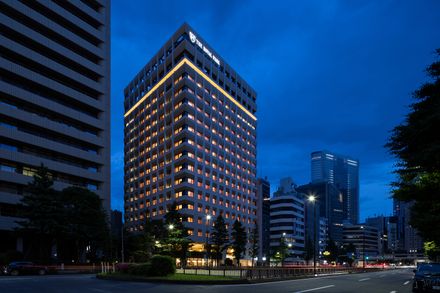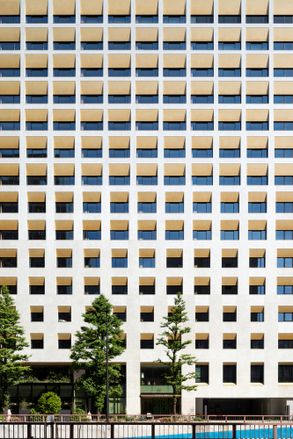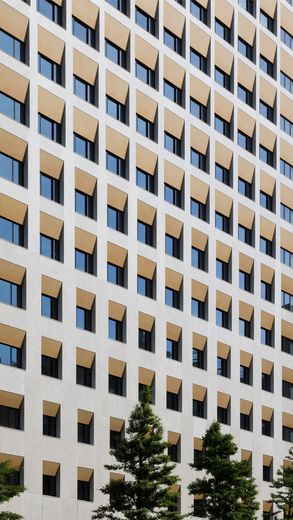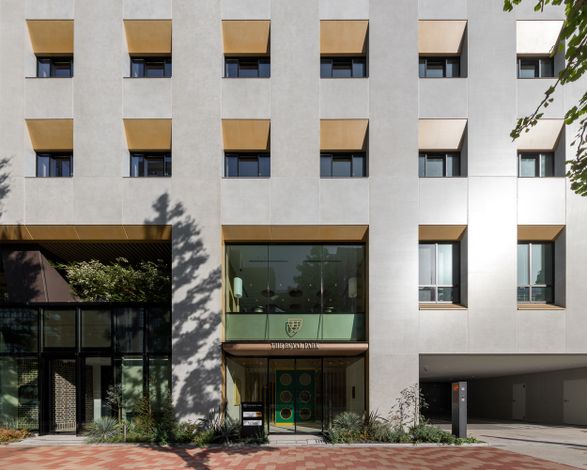The Royal Park Hotel Ginza 6 Chome
ARCHITECTS
Mitsubishi Jisho Design
LEAD ARCHITECT
Michio Koda
LEAD TEAM
Satoshi Shimizu
INTERIOR DESIGN
Hba
ENGINEERING & CONSULTING > LIGHTING
Style Ma'tec
DESIGN TEAM
Yasumichi Tanaka, Kimio Osako, So Sejima, Ryo Isaka
PHOTOGRAPHS
Grafilm / Seiya Aoki, Ss / Sode Naomichi
AREA
900 m²
YEAR
2024
LOCATION
Tokyo, Japan
CATEGORY
Hospitality Architecture
A new 273-room lodging-focused hotel is planned along Showa-dori in Ginza 6-chome, Chuo-ku, Tokyo. Rising 15 stories above ground with one basement level, the project occupies a site in one of Japan's most celebrated commercial districts, where international visitors and local culture converge.
Before the COVID-19 pandemic, a surge in inbound tourism fueled an unprecedented demand for accommodations. Ginza, renowned for its luxury retail and nightlife, saw an influx of new hotels responding to this growth.
While Chuo-dori and Namiki-dori retain the iconic façades and refined character that define the district, many side streets are lined with business hotels that appear remarkably similar.
Traditionally, such hotels have favored standardized floor plans and repetitive elevations to simplify sales, service, and operations, creating an urban fabric of efficiency but little individuality.
Initiated in 2020 amid the global pandemic, this project challenges that convention. In a period when social norms and travel patterns were in flux, the design team sought to question the very notion of "homogeneity" in lodging-focused hotels and to propose new value for a post-pandemic era.
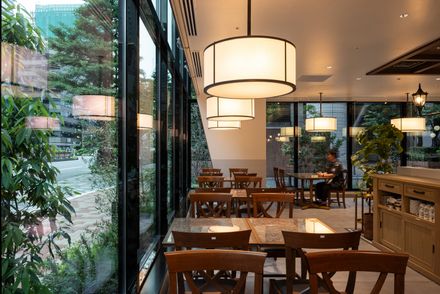
Given the compact floor area of each guest room, the design maximizes the role of windows in shaping the spatial experience. Large openings draw daylight deep into the rooms and frame dynamic views of Ginza, offering guests a strong connection to the surrounding cityscape.
Recognizing that street noise diminishes at higher levels, the window-to-wall ratio gradually increases on the upper floors. This subtle gradient creates nuanced differences between rooms, ensuring that no two stays feel identical.
Externally, these variations generate a delicate and finely textured façade that both stands out and harmonizes with the Ginza streetscape.
Rather than presenting a single, uniform skin, the building expresses a rhythm of diversity—an architectural response to the neighborhood's evolving identity.
Despite early fears that the pandemic might permanently suppress tourism, demand for accommodations has rebounded.
This hotel demonstrates how architecture can move beyond operational efficiency to deliver individuality, contextual sensitivity, and memorable experiences.
By rethinking the fundamental assumptions of the business hotel typology, the project points toward a more diversified and human-centered future for urban hospitality.

